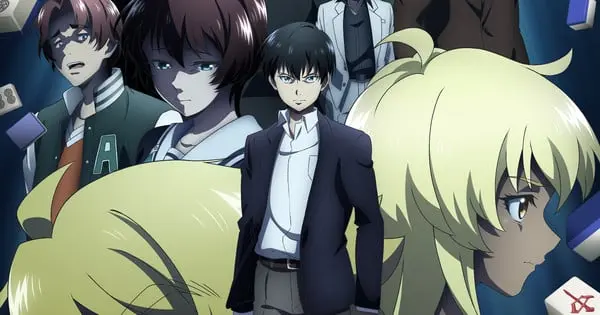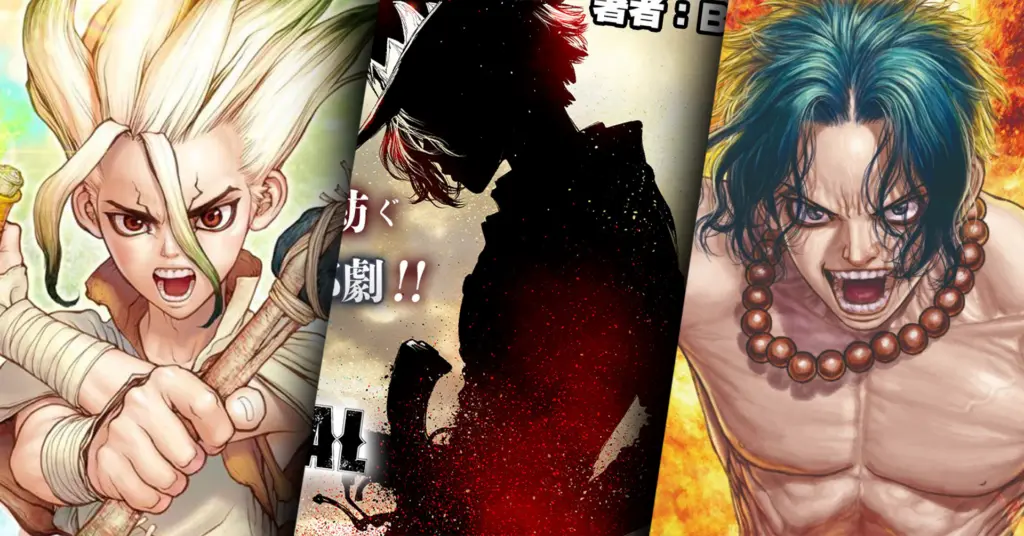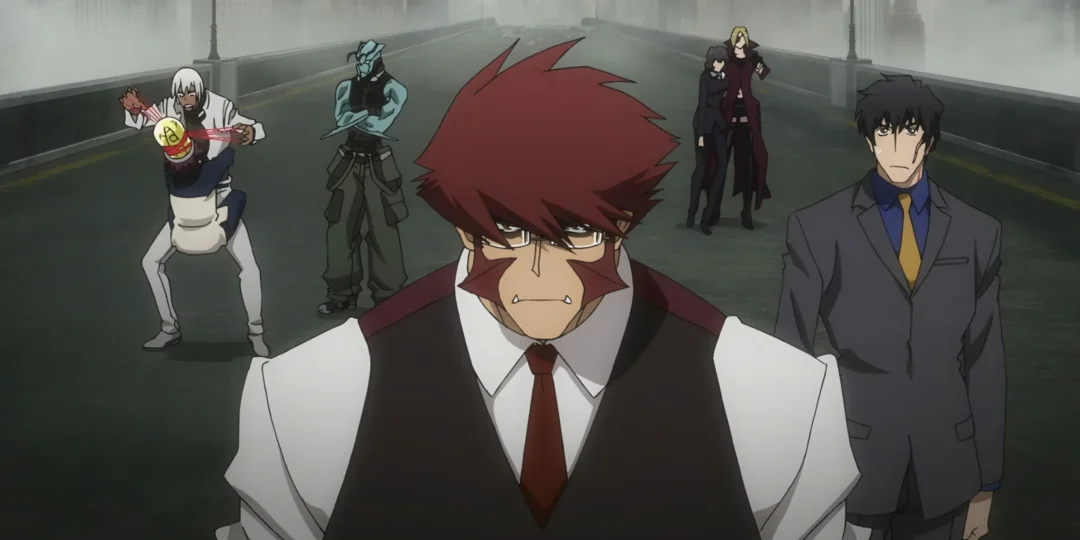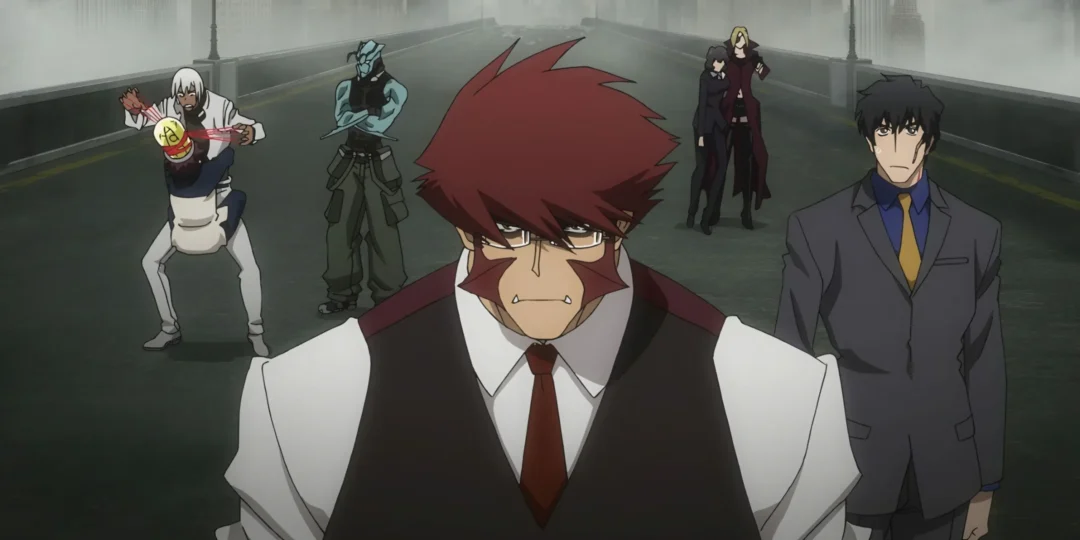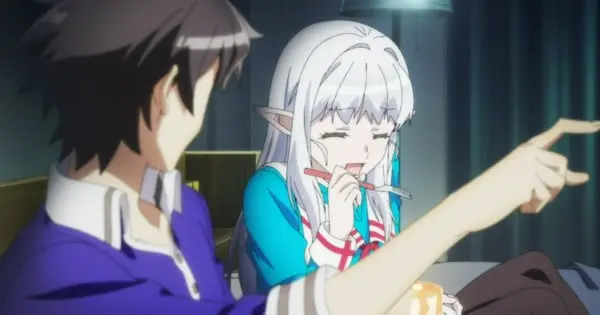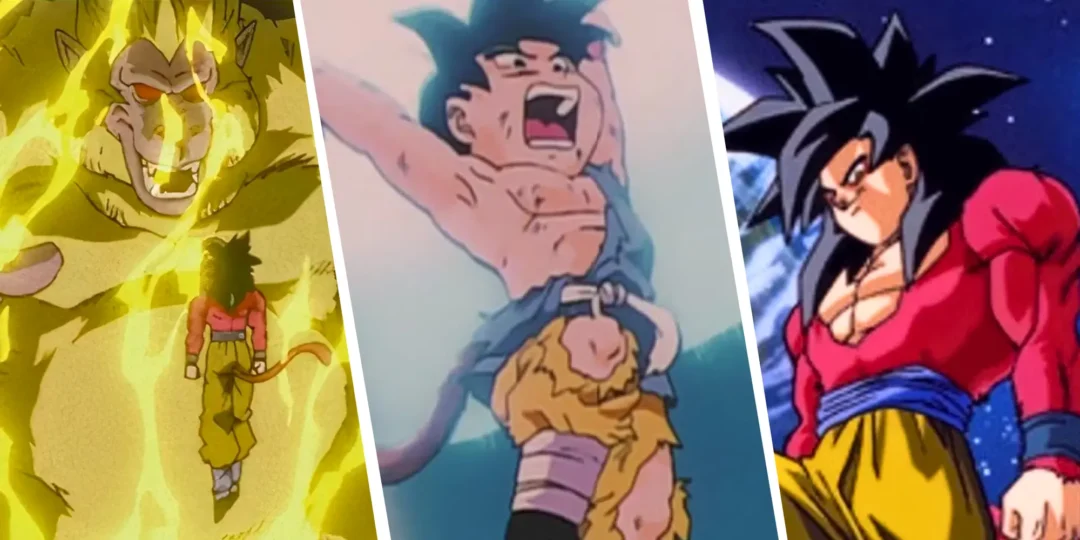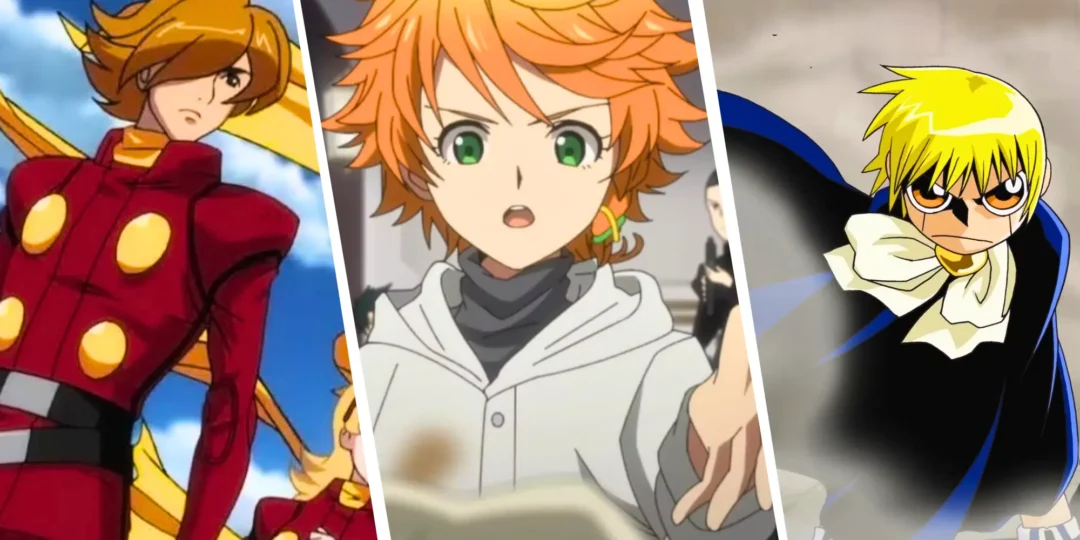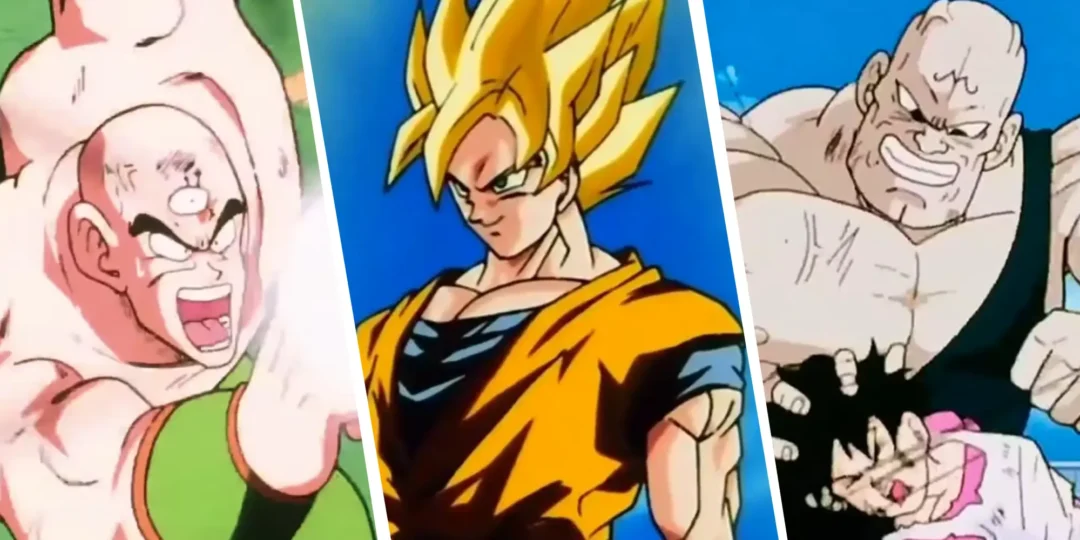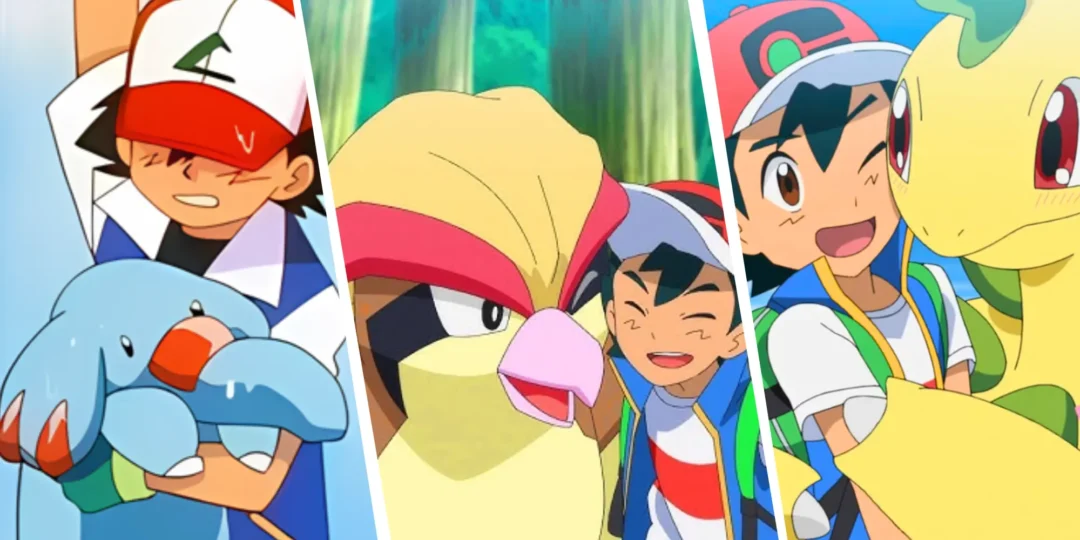Dragon Ball GT, the anime-exclusive sequel to Dragon Ball Z, remains a point of contention among fans. While some appreciate its unique concepts and character designs, many are critical of its story, power scaling, and overall continuity. Despite the debates, certain mysteries and plot holes within GT continue to spark discussion and speculation. Let’s delve into ten of the most persistent unresolved issues that still puzzle Dragon Ball fans.
The Enigmatic Black Star Dragon Balls
How Did They Stay Hidden?
The Black Star Dragon Balls are introduced in the first episode of GT, as a more powerful set of Dragon Balls created by the Nameless Namekian before he became Kami. These Dragon Balls are hidden on the Lookout, yet it’s never explained how they remained undetected for so long by Kami, Piccolo, and others who resided there. The fact that Pilaf and his gang were able to locate them with ease raises questions about their security and why no one on the Lookout was aware of their existence.
Why Were They Not Mentioned Before?
Given the significance of the Black Star Dragon Balls and their potential to cause planetary destruction, it is strange that they were never mentioned in prior Dragon Ball series. Neither Kami nor the Namekians, who are knowledgeable about Dragon Ball lore, ever referred to these more powerful wish-granting orbs. This omission feels like a major retcon, a retroactive continuity change, which adds to the mystery of their existence.
The Curious Case of Goku’s Power
How Strong is Base Kid Goku?
One of the most debated aspects of GT is the power scaling, especially concerning Goku after he is turned into a child. In the beginning of GT, Goku’s base form is stated to be on par with his Super Saiyan 3 form from the end of Dragon Ball Z. This raises questions about how a de-aged Goku, who should logically be weaker, could be so powerful. This power scaling inconsistency continues throughout the series, leading to confusion about Goku’s true strength levels.
Why Can’t He Maintain Super Saiyan 3?
Despite being comparable to his end-of-Z Super Saiyan 3 form, Goku struggles to maintain the transformation as a child. It’s stated that his body is too small to handle the power of Super Saiyan 3, but this contradicts the fact that he was already that powerful in his base form. This raises questions about why the Super Saiyan 3 transformation is particularly strenuous for him as a child, compared to the normal strain experienced in DBZ.
The Confusing Continuity and Timeline
The Time Gap Discrepancy
The English dub of GT states that the series takes place ten years after the end of Dragon Ball Z, while the original Japanese version states it’s only five years. This timeline inconsistency confuses fans who try to fit GT into the overall Dragon Ball chronology. It also throws into question how much time actually passes during GT as it is not consistent with the previous series.
Is GT Canon?
The canonicity of Dragon Ball GT has been a long-standing debate. Akira Toriyama, the creator of Dragon Ball, considers GT a “side story,” not a canonical continuation of his manga. Toei Animation, however, who produced GT, does consider it a part of the canon. This difference in opinion creates a divide between fans and official sources and has made it difficult to definitively place GT within the Dragon Ball timeline, particularly after the introduction of Dragon Ball Super. The appearance of Super Saiyan 4 in non-canon material further complicates the debate. Some fans propose GT as an alternate timeline, diverging from the main Dragon Ball continuity after the end of DBZ. This theory is supported by the use of alternate timelines in Dragon Ball games and Super Dragon Ball Heroes manga.
Unexplained Character Arcs and Abilities
The Blutz Wave Generator
In GT, Bulma creates a Blutz Wave Generator, which allows Vegeta to become a Super Saiyan 4. This technology is a clear deus ex machina and how it allows Vegeta to skip Super Saiyan 3 is never explained. While it is a very convenient plot device, it is never explained how Vegeta manages to achieve this form. This also has made many fans question if it was a plot device used to simply get to Super Saiyan 4.
The Vanishing Act of Other Characters
The series focuses heavily on Goku and Pan, with other characters like Gohan, Goten, and Trunks playing diminished roles. While some may argue this was due to them not training, as is highlighted by Gohan’s lack of power, the diminishing presence of such important characters in the DBZ saga leaves a lot to be desired. Many fans feel that they were side-lined for the sake of pushing Goku to the forefront.
Why Is Pan Still A Child in GT’s Epilogue?
The end of GT jumps into the future, showing an older Uub, but Pan appears to be the same age as she was at the start of the series. This raises questions about the passage of time and why Pan does not seem to have aged alongside other characters in the epilogue.
The Ambiguous Ending
Goku’s Fate and Disappearance
The ending of Dragon Ball GT is intentionally ambiguous. After defeating Omega Shenron, Goku is seen departing with Shenron, with his fate left unclear. The scriptwriter, Atsushi Maekawa, confirmed the possibility of Goku’s death, leaving it open for interpretation, which has led to a great deal of fan debate. Some believe he ascended to a higher plane of existence, while others think he died. This open-ended conclusion was a key point to many fans not liking the series ending, while others found it a beautiful send-off to the character.
Dragon Ball GT, despite its flaws and inconsistencies, has left a lasting impact on the franchise. These ten unsolved mysteries highlight some of the most perplexing aspects of the series, continuing to fuel discussions and fan theories to this day. While some of these questions may never have definitive answers, their ambiguity only contributes to the enduring fascination with the Dragon Ball universe.

